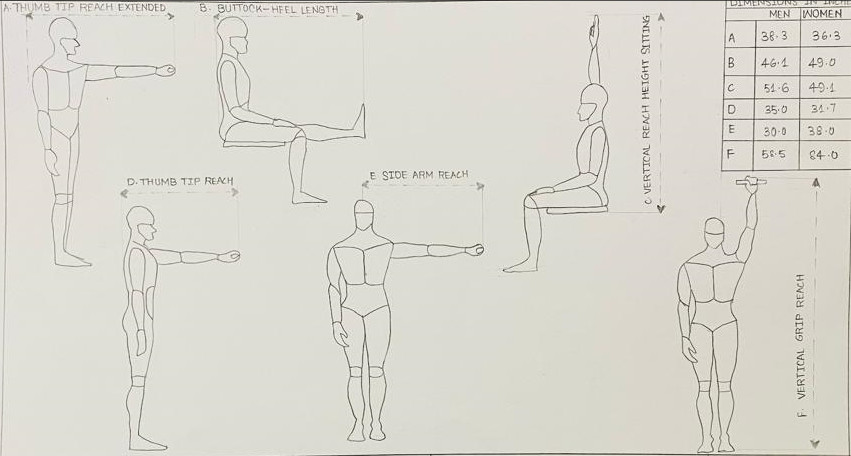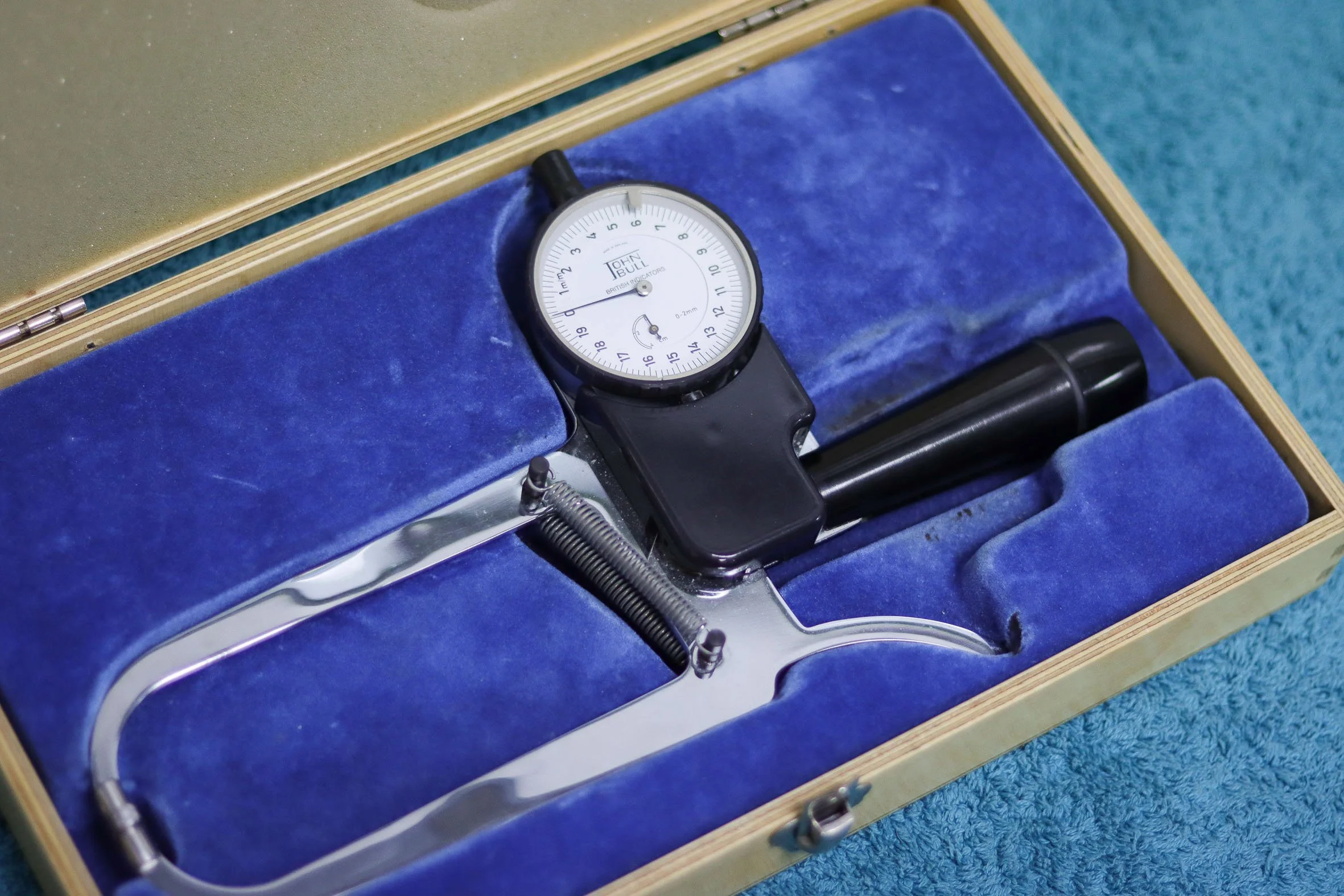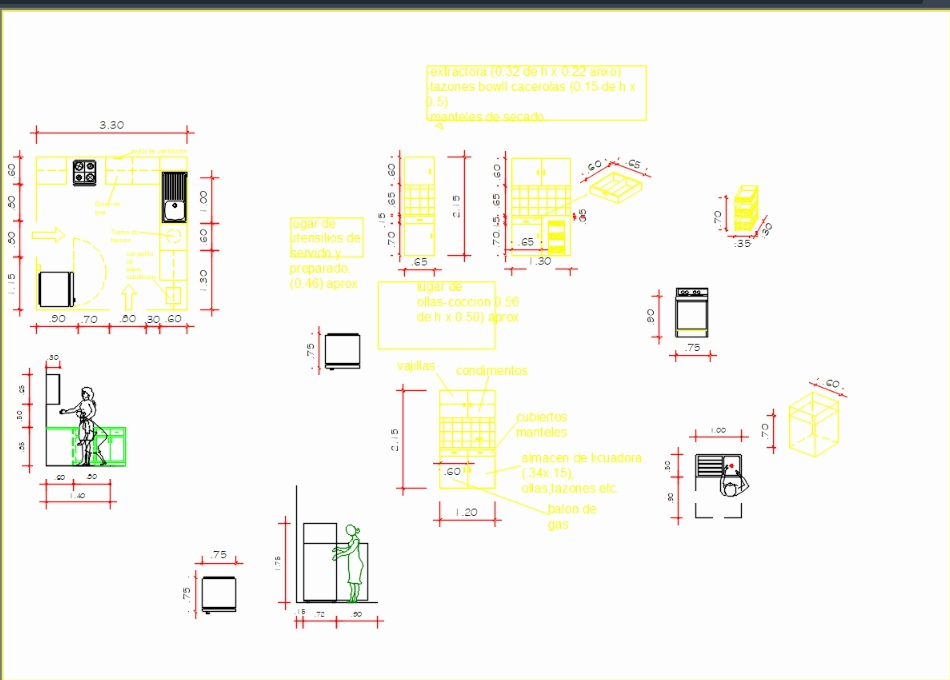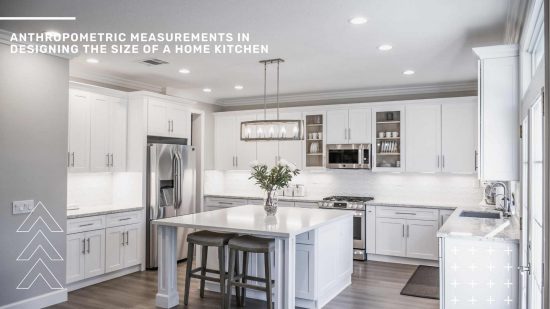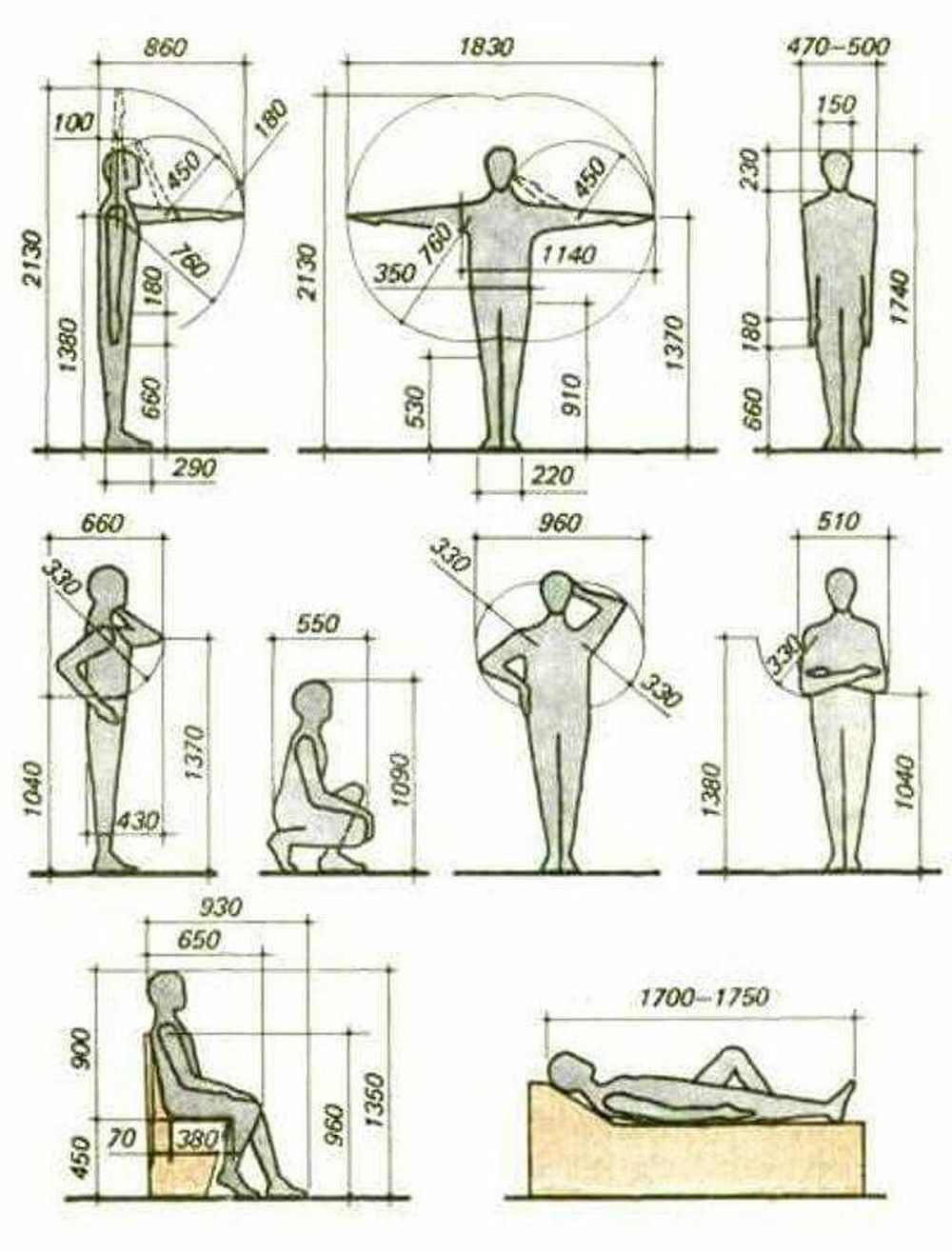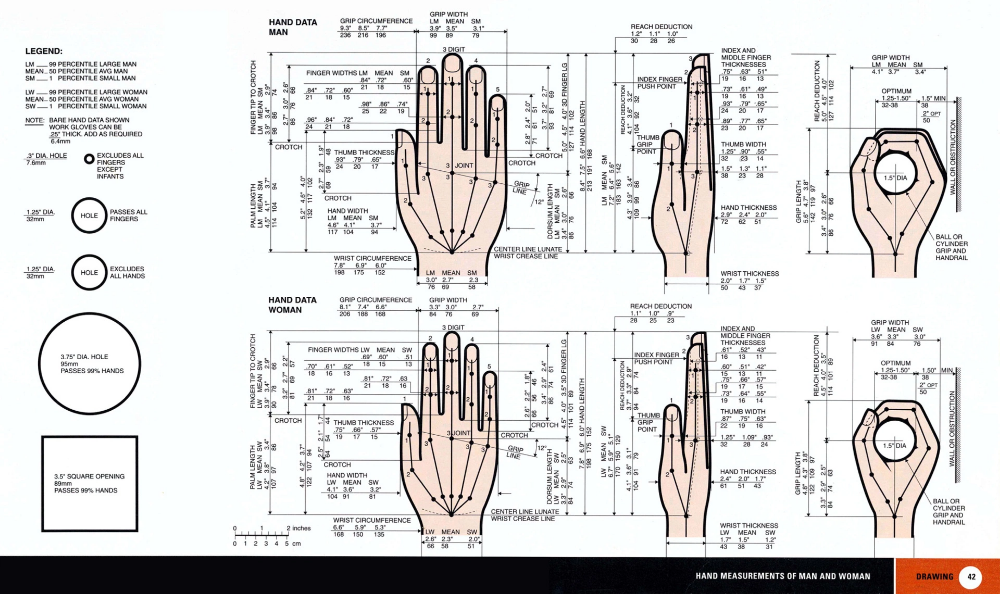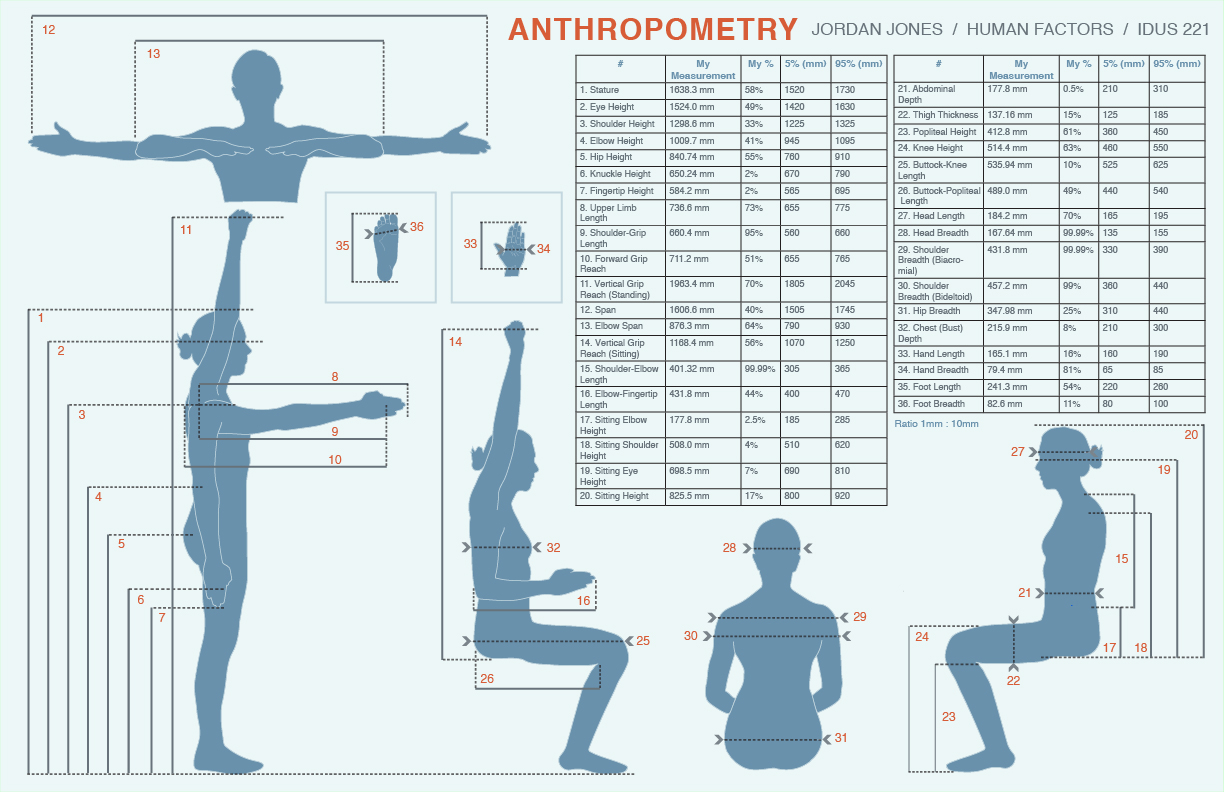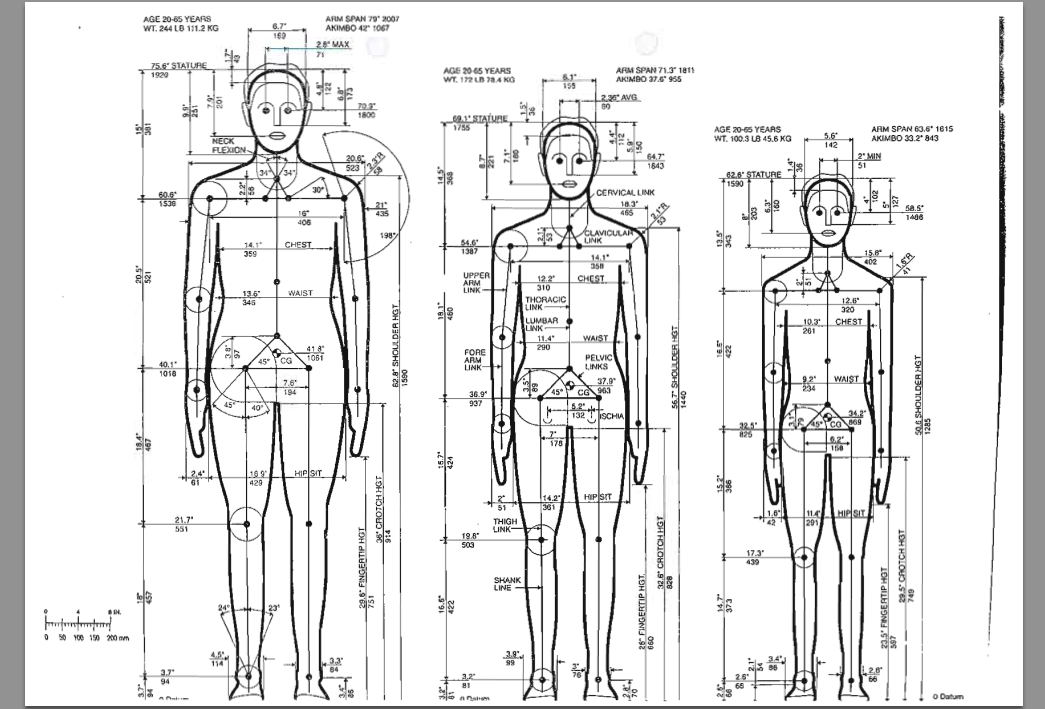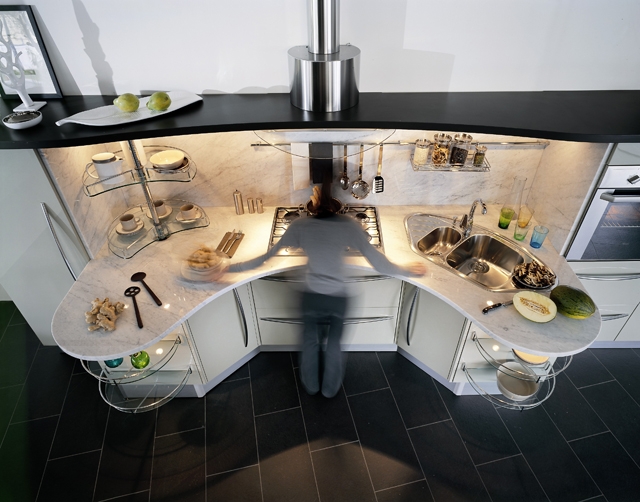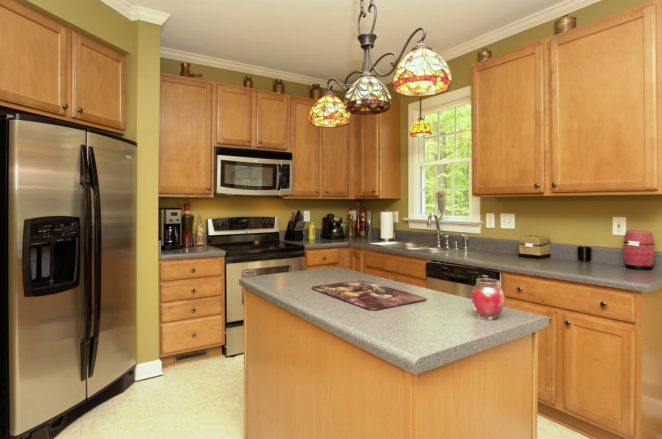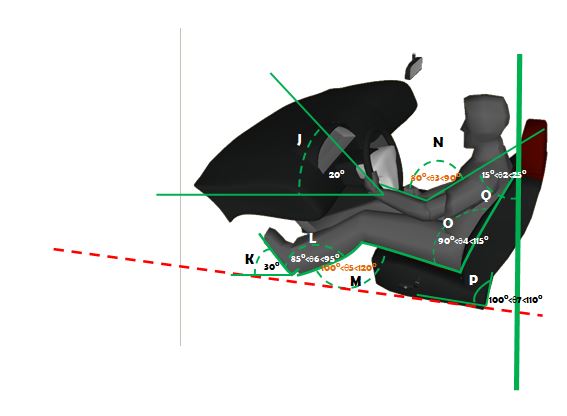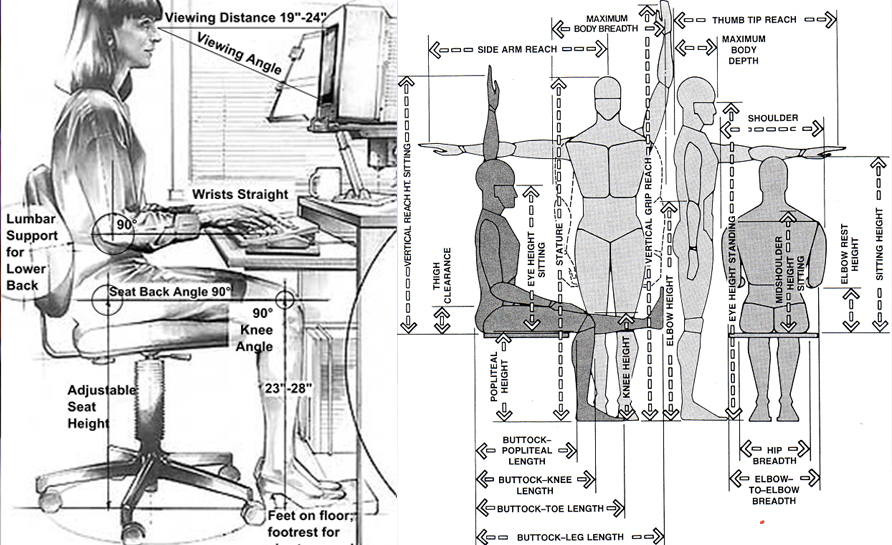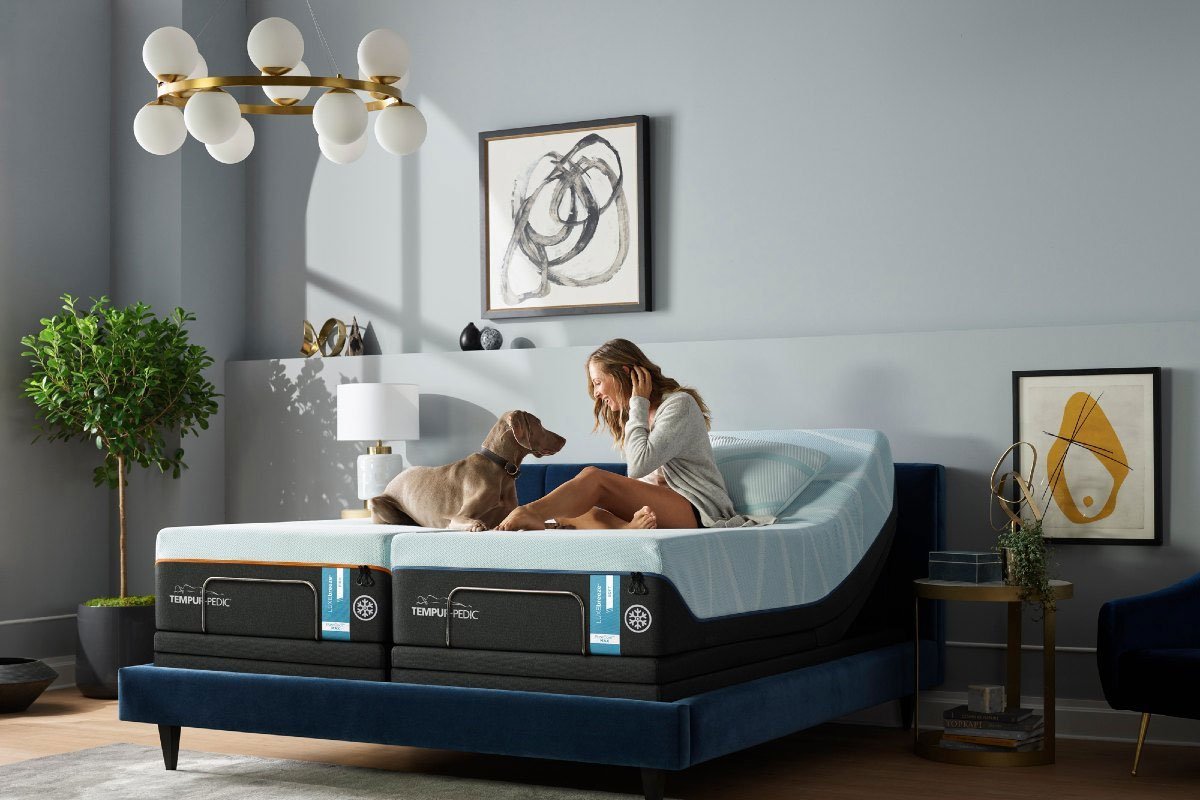Anthropometry is the study of human body measurements and proportions. These measurements play a crucial role in the design of everyday objects, including kitchens. In fact, incorporating anthropometric data into kitchen design can greatly enhance the functionality, comfort, and safety of the space for its users. Let’s explore the top 10 ways anthropometry influences kitchen design.Anthropometry in Kitchen Design
When it comes to kitchen design, one size does not fit all. People come in all shapes and sizes, and their kitchen layouts and appliances should reflect that. Designers must consider the average height, reach, and movements of the human body to create a kitchen that is comfortable and functional for the majority of users. This is where anthropometry comes in.Designing Kitchens with Anthropometry in Mind
Anthropometric data helps designers determine the appropriate counter, cabinet, and appliance heights for different users. This is especially important for individuals with limited mobility or disabilities, who may require lower counter heights or specialized features. By incorporating these measurements into the design process, kitchens become more accessible and user-friendly for all individuals.The Importance of Anthropometry in Kitchen Design
Anthropometric data can also be used to determine the ideal spacing and layout of kitchen fixtures and appliances. For instance, the distance between countertops and overhead cabinets should be based on the average reach of the user. This ensures that items are easily accessible without causing strain or discomfort.Using Anthropometric Data in Kitchen Design
Designers can use anthropometric data to create customized kitchen spaces that cater to the specific needs of their clients. By gathering information on the client’s height, arm span, and preferred movements, designers can create a kitchen that is tailored to their unique body measurements. This not only improves functionality but also adds a personal touch to the space.How to Incorporate Anthropometry into Kitchen Design
There are several key anthropometric measurements that designers should keep in mind when planning a kitchen layout. These include the standing elbow height, sitting elbow height, and reach range. By using these measurements as a guide, designers can ensure that all kitchen elements are within easy reach and promote proper posture while working in the kitchen.Anthropometric Measurements for Optimal Kitchen Design
In addition to improving accessibility and comfort, anthropometric data also plays a crucial role in creating functional and efficient kitchens. By understanding the average range of motion and reach of the human body, designers can optimize the placement of appliances and storage areas. This ensures that the kitchen is not only easy to use but also maximizes the available space.The Role of Anthropometry in Creating Functional Kitchens
Ergonomics is the study of designing products and environments that are suited to the human body. By incorporating anthropometric data into kitchen design, designers are essentially creating ergonomic kitchens that promote comfort and efficiency. This is especially important for individuals who spend a significant amount of time in the kitchen, such as professional chefs or individuals with large families.Designing Ergonomic Kitchens with Anthropometry
The layout of a kitchen is a critical factor in its overall functionality and efficiency. By using anthropometric data, designers can determine the best layout for a particular space based on the users’ body measurements. This may include adjusting the placement of cabinets, appliances, and workstations to accommodate different reach ranges and movement patterns.Anthropometry and Kitchen Layout: Finding the Perfect Fit
Incorporating anthropometric data into kitchen design not only improves functionality and comfort but also increases efficiency. By ensuring that all elements are within easy reach and that the kitchen layout promotes proper body movements, users can complete tasks more quickly and with less effort. This is especially beneficial for individuals with limited mobility or those who spend a lot of time in the kitchen.Maximizing Efficiency with Anthropometry in Kitchen Design
The Importance of Anthropometry in Kitchen Design
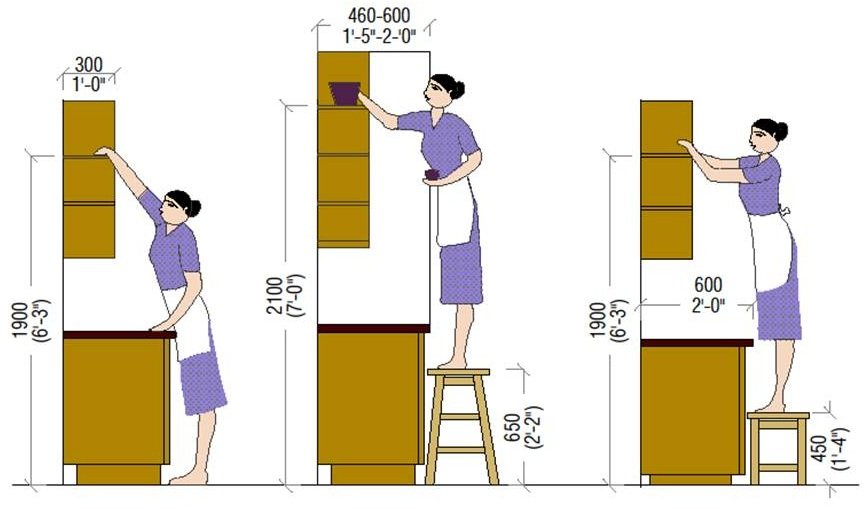
Creating a Functional and Comfortable Kitchen
 When it comes to designing a kitchen, there are many factors to consider to create a functional and comfortable space. One important aspect that is often overlooked is
anthropometry
, which is the study of human body measurements and proportions. Incorporating anthropometric data into kitchen design can greatly improve the usability and ergonomics of the space.
When it comes to designing a kitchen, there are many factors to consider to create a functional and comfortable space. One important aspect that is often overlooked is
anthropometry
, which is the study of human body measurements and proportions. Incorporating anthropometric data into kitchen design can greatly improve the usability and ergonomics of the space.
Designing for Different Body Types
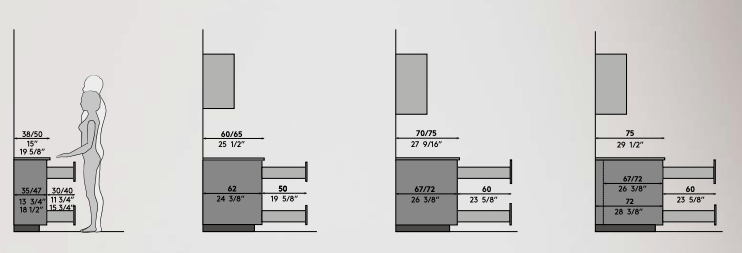 Anthropometric measurements vary from person to person, and it is important to take into account these differences when designing a kitchen. This includes considering factors such as height, arm length, and average reach distance. By understanding these measurements, designers can create a kitchen that is accessible and comfortable for
all
members of the household, regardless of their body type.
Anthropometric measurements vary from person to person, and it is important to take into account these differences when designing a kitchen. This includes considering factors such as height, arm length, and average reach distance. By understanding these measurements, designers can create a kitchen that is accessible and comfortable for
all
members of the household, regardless of their body type.
Improving Efficiency and Safety
 Incorporating anthropometry into kitchen design not only creates a more comfortable space, but it also improves efficiency and safety. By designing worktops and countertops at the appropriate height for the average person, tasks such as chopping and cooking can be done with ease and without strain on the body. This also reduces the risk of accidents and injuries, making the kitchen a safer space for everyone.
Incorporating anthropometry into kitchen design not only creates a more comfortable space, but it also improves efficiency and safety. By designing worktops and countertops at the appropriate height for the average person, tasks such as chopping and cooking can be done with ease and without strain on the body. This also reduces the risk of accidents and injuries, making the kitchen a safer space for everyone.
Considerations for Special Needs
 Anthropometric data is especially important to consider when designing for individuals with special needs, such as those in wheelchairs or with limited mobility. By understanding their measurements and limitations, designers can create a kitchen that is accessible and functional for their specific needs. This can include lower countertops, wider aisles, and adjustable features to meet their unique requirements.
Anthropometric data is especially important to consider when designing for individuals with special needs, such as those in wheelchairs or with limited mobility. By understanding their measurements and limitations, designers can create a kitchen that is accessible and functional for their specific needs. This can include lower countertops, wider aisles, and adjustable features to meet their unique requirements.
The Role of Technology
 With advancements in technology, designers now have access to tools that can accurately capture and analyze anthropometric data. This allows for more precise and customized kitchen designs, taking into account the specific measurements of each individual. This not only creates a more comfortable and functional space, but it also adds a level of personalization to the kitchen design.
In conclusion, incorporating anthropometric data into kitchen design is essential for creating a functional, comfortable, and safe space for all individuals. By understanding and utilizing this data, designers can create a kitchen that is not only aesthetically pleasing, but also meets the needs and limitations of the people who will be using it. So, the next time you are designing a kitchen, be sure to consider the importance of anthropometry. Your clients will thank you for it.
With advancements in technology, designers now have access to tools that can accurately capture and analyze anthropometric data. This allows for more precise and customized kitchen designs, taking into account the specific measurements of each individual. This not only creates a more comfortable and functional space, but it also adds a level of personalization to the kitchen design.
In conclusion, incorporating anthropometric data into kitchen design is essential for creating a functional, comfortable, and safe space for all individuals. By understanding and utilizing this data, designers can create a kitchen that is not only aesthetically pleasing, but also meets the needs and limitations of the people who will be using it. So, the next time you are designing a kitchen, be sure to consider the importance of anthropometry. Your clients will thank you for it.




